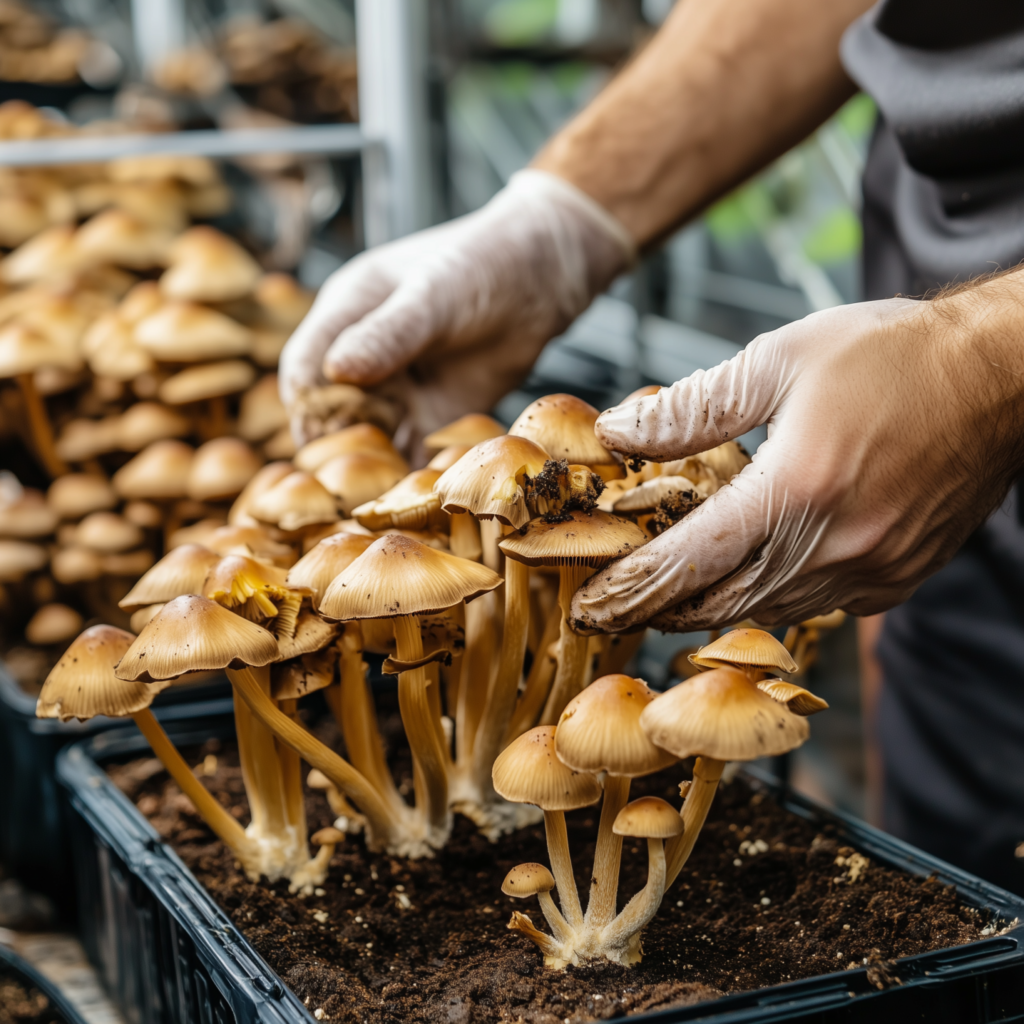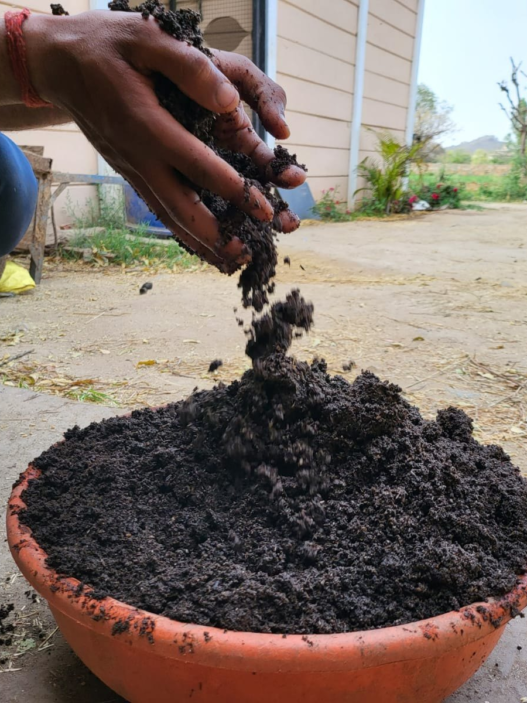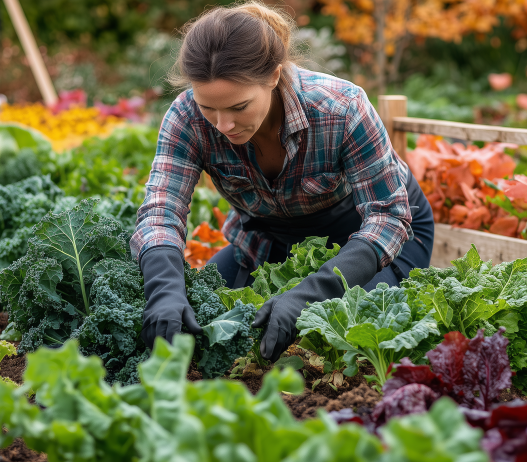Do you have a greenhouse or the desire to grow mushrooms? Let’s combine these two facts! Today, we’ll go over how to start growing mushrooms in a greenhouse. I won’t burden you with complicated processes and overly technical advice, just my personal experience in simple terms. Just the way you like it.
Mushrooms are not only a tasty and nutritious product but also a great addition to your garden. They can be an excellent start for branching out from just growing flowers or herbs to cultivating other edible crops.

So, a step-by-step plan lies ahead, but first, let’s answer this question:
Why Grow Mushrooms in a Greenhouse?
You probably already know that a greenhouse is an excellent way to control the climate and growing conditions for plants. Growing mushrooms in a greenhouse allows you to maintain stable humidity and temperature, which is especially important for these delicate crops. Additionally, you can grow mushrooms year-round, regardless of the weather outside.
Recently, I wrote an article about growing strawberries in a greenhouse – I recommend checking it out – you’ll see a lot of similarities.
Step 1: Choosing the Right Mushrooms
Before you start growing mushrooms in a greenhouse, it’s important to choose the right type. The most popular for greenhouse cultivation are button mushrooms, oyster mushrooms, and shiitake. These types easily adapt to controlled conditions and provide a stable yield.
Comparison of Popular Mushroom Types for Greenhouse Growing
| Mushroom Type | Growing Conditions | Yield | Time to First Harvest |
|---|---|---|---|
| Button Mushrooms | High humidity, darkness | High | 3-4 weeks |
| Oyster Mushrooms | Moderate humidity, partial shade | Medium | 2-3 weeks |
| Shiitake | Moderate humidity, darkness | Low, but high quality | 6-12 months |
Step 2: Preparing the Greenhouse
Now that you’ve chosen the mushroom type, it’s time to prepare the greenhouse. Start by cleaning the area and removing any unnecessary plants and items. Mushrooms love humidity but dislike drafts and direct sunlight. Therefore, it’s important to provide shading if your greenhouse is too bright.
I also recommend allocating a separate area for mushroom cultivation, so you can set unique ecosystem parameters around them.
- Check the ventilation: Ensure that your greenhouse is well-ventilated but without drafts.
- Regulate humidity: The optimal humidity level for most mushrooms is 80-90%. Use humidifiers or misting to maintain this.
- Control temperature: Maintain a temperature range of 15-20°C for most mushroom types.
Step 3: Preparing the Substrate
To grow mushrooms in a greenhouse, you’ll need a quality substrate. Depending on the type of mushroom, this can be straw, wood chips, or a compost mixture.
Checklist for Substrate Preparation:
- Straw or wood chips
- Compost (for button mushrooms)
- Substrate pasteurization (heat treatment)
- Adding mycelium
After pasteurizing the substrate (heating to 70°C for 1 hour), add the mycelium and mix it thoroughly. Spread the substrate in containers or bags and place them in the greenhouse.
Step 4: Care and Harvesting
Now comes the fun part – growing mushrooms in a greenhouse and taking care of them. Regularly check the humidity and temperature levels, avoid letting the substrate dry out or mold. Depending on the type of mushroom, the first harvests may appear in a few weeks or months.
Care Schedule for Greenhouse Mushrooms
| Growth Period | Actions | Frequency |
|---|---|---|
| First 2 weeks | Monitor humidity and temperature | Daily |
| Mushroom Formation | Maintain stable humidity | Twice a week |
| Fruiting | Harvest and check for diseases | Weekly |
Humble Recommendation of the Products for Growing Mushrooms

A greenhouse doesn’t require complicated equipment. The products I recommend below are useful not only for mushroom cultivation but also for other crops. If you order a product through my link, I may receive a commission from Amazon, which I would greatly appreciate! It helps me improve this blog and provide even more useful content. Thanks in advance. And yes, all these products have been personally tested by me, and I use them in my greenhouse and my clients’ greenhouses.
- Humidifier: Pure Enrichment MistAire Ultrasonic Humidifier – Helps maintain stable humidity in the greenhouse.
- Thermometer-Hygrometer: ThermoPro TP50 Digital Hygrometer – A handy tool for monitoring temperature and humidity.
- Mushroom Compost: All Natural Organic Mushroom Compost – The perfect base for growing button mushrooms and oyster mushrooms.
- Greenhouse Shade Cloth: Agfabric Greenhouse Shade Cloth – Protects from excessive sunlight.
- Mushroom Mycelium: Back to the Roots Organic Mushroom Growing Kit – High-quality mycelium for starting your mushroom garden.
And Why Do We Need These Mushrooms?
- Rich in Antioxidants
Mushrooms contain a large amount of antioxidants that help fight free radicals. - Boost the Immune System
Mushrooms like shiitake contain beta-glucans that stimulate the immune system. - Good for the Heart
Mushrooms are rich in potassium, which helps control blood pressure and maintain heart health. - Support Bone Health
The vitamin D found in some mushrooms improves bone and dental health. - Aid in Weight Control
Mushrooms are low in calories and high in fiber, making them an excellent food for weight management.
Love. Soil. Light. Fertilizers. That’s all you need to make mushrooms feel at home in your greenhouse. I hope this post was helpful to you. Let me know in the comments if it was! And if not, also write – I welcome all feedback.












